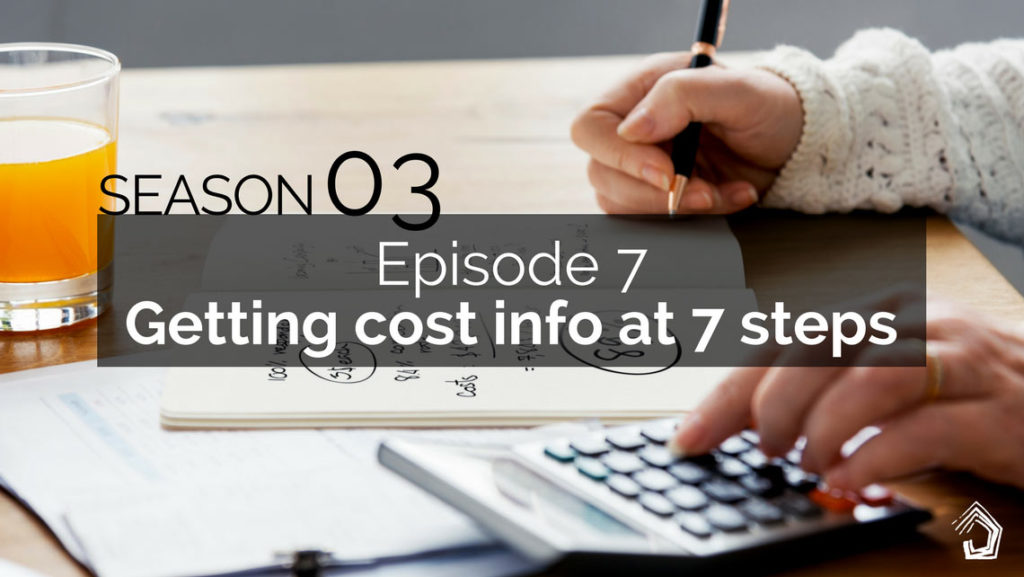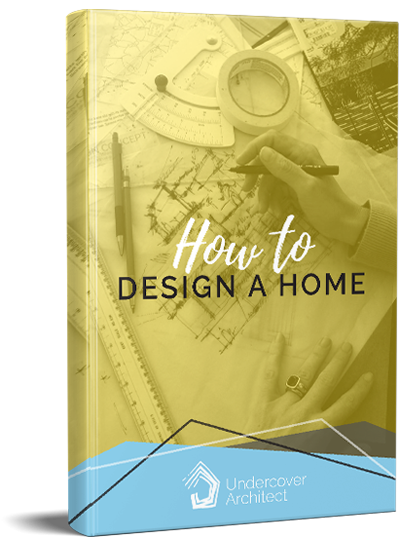
How do you cost your project? And when should you find out the cost of your new build or renovation?
There are 7 steps to know – read on to find out more about what to do at each of these steps to get cost information for your project.
When homeowners find out – often with total shock – that their expectations for their renovation or new home project don’t match the reality of its cost, a readjustment has to occur for them to keep going on their journey.
The challenge is that many homeowners often wait far too long to get to this point of readjustment.
They hop on a train towards their destination (that is, their new or renovated home), without checking that they’re on the right train. It’s only several stops along their trip that they check, and discover they’re on an express train to somewhere they didn’t mean to go.
So, how do you avoid this? How do you avoid the hurt of derailing a train (ie your project) and it ending in disaster?
Simple. Get your expectations meeting reality as early as possible. If you can readjust early, then you can hop on the best train for you.
Part of this is working out the cost of your renovation or new home. Homeowners often feel this is a one-step process, however it’s definitely not.
This is how I recommend you source costing information on your new home or renovation project … and when. And then manage your budget and spending along the way.
There’s 7 steps, and in this podcast, we move through them one by one …
- Step #1: At the very start
- Step #2: To help you choose the best design concept to move forward with
- Step #3: Before you lodge for your Council Approval (DA, Development Application, Development Approval)
- Step #4: Before you get Building Approval
- Step #5: Before you sign a contract with a builder
- Step #6: During the construction project
- Step #7: Before making the final payment
If there’s anything you take away from this season of the podcast, I’d love it to be this …
Determining what your project will cost is an incremental process.
You set your budget at the beginning, and you keep testing and adjusting as you go. Providing more information, resolving more detail, and finding out cost estimates along the way.
I’ve said it before, but it’s literally like moving through a funnel … one that gets narrower as you go … and moves you towards where you want to get to as you sift and filter all the info you need along the way.
Listen to the podcast to learn more about these steps, how to get costing information, and who to talk to.
Link mentioned in the podcast
Head here for the definition of Provision Sums and PC Items
This season, Undercover Architect has a podcast partner: Kiiko LED.
Kiiko LED is customisable, DIY, LED strip lighting, that you can order online to your specifications, for your needs and project.
Kiiko LED is founded by Craig Thomas, who I’ve personally had the pleasure of working with for over 12 years now, in my own projects, and in client projects.
And so I’ve been able to organise with Kiiko a fantastic UA Community only offer. If you head to their website at www.kiiko.com.au/undercoverarchitect you’ll be able to access a $25 discount to use on your first order.
Check it out, and start building your Kiiko LED strip lighting now!



 With over 30 years industry experience, Amelia Lee founded Undercover Architect in 2014 as an award-winning online resource to help and teach you how to get it right when designing, building or renovating your home. You are the key to unlocking what’s possible for your home. Undercover Architect is your secret ally
With over 30 years industry experience, Amelia Lee founded Undercover Architect in 2014 as an award-winning online resource to help and teach you how to get it right when designing, building or renovating your home. You are the key to unlocking what’s possible for your home. Undercover Architect is your secret ally
G’day Amelia, re:step 2, you’re either referring to comments I’ve made to you in the past, or you have ESP and you can read my thoughts 🙂 This is where I’m at, as I know how important design is. I don’t want a design to find out later it’s going to cost more then our budget. I’ve already wasted time with a “designer” that has not listened to a) what we want and b) our budget. Loved this episode
Hey Tim,
No ESP – just loads of experience with homeowners like you! Glad you enjoyed the episode – thanks for your feedback.
– Amelia, UA